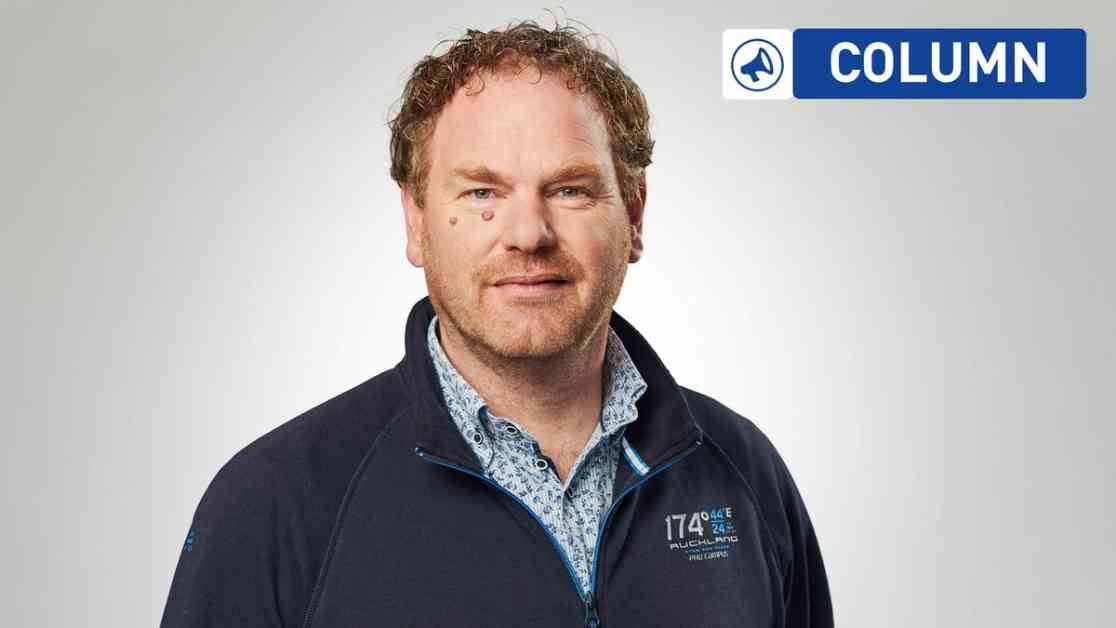Now lets really hope, that when we are out of a lot of hundred substances / mixture – since on mixture it – The people, the substance composing leisurely, a piston verlutieren /and it duly kohobieren, / so, the factory quietly dismissed. / It is! the mass stirs clear! The Conviction of true, true: / What is the nature of Mystery pries, / we dare to try understanding, / And what else you can organize, That we allow to crystallize.
In the 1820s, when Goethe in his Faust II wrote, it was the chemistry, with the aid of the man in the imagination of the poet, a reflection of his self-created, the homunculus. But now it looks like to be biologists to be those who verlutieren in the laboratory, an artificial but complete human Embryo, kohobieren and composing.
the breeding of The homunculus are apparently so immediate that we now have a group of experts, research funding organisations and the scientific and medical societies in a comment article in the journal “Nature” urges an “international discussion” about this research. There is a need for guidelines for the researchers, as well as a “credible source for information” about the current state of research and future developments.
so Far, the Structures usually die after a few days
it is Important to note: there is no homunculus. No researchers from the various tissues and organ-like structures, with the help of growth factors, and other Tricks of the tissue breeding, in the meantime, breed has created, something that would be able to in a uterus to implant and grow into a whole human being. So far, the experiments with mouse cells do not cross thresholds, as well as with human – specific Development and die after a few days.
How stem cells of mice in the laboratory can form three-dimensional structures, which are a 3.5-day-old mouse embryo shortly before implantation in the uterus is strikingly similar (see picture). This “Blastoide” contain the three primary tissue types (germ layers) from which the mouse embryo and the supply of tissues such as the placenta. Some Blastoide can be transferred into the uterus of a mouse, even a foothold. Shortly thereafter, the development stops. “Gastrulation,” development of three of the original tissue in the mammals typical of the physique, it is not. However, researchers can at least parts of a mouse-Blastoiden to the extent of those problems, that they resemble each of the structures of 6.5 – to 8-day-old mouse embryos, called “Gastruloide”.
you might the treatment of infertility
use of human stem cells does not improve the fabric of the breeders to come so far. However, the development of go “in the same direction,” write Nicolas Revron of the University of Maastricht and Martin Pera from the Jackson Laboratory in Bar Harbor, Maine, on behalf of eleven other experts. It is even “likely” that obstacles can be overcome.
the Background of the research is that biologists little is known about the early embryonic development of the human knowledge. Although extensive research has been conducted with mouse embryos. However, even if many development steps take place in the rodent similar to, model systems, with which the human embryonic development can be studied, for a variety of reasons helpful. So, we might better understand how the Gastrulation in humans expire, and under what conditions the embryo in the uterus.
The hope is that it could improve the treatment of infertility, because many pregnancies fail at the time of implantation. Conversely, the Knowledge could be used to develop contraceptives that prevent implantation in a targeted manner.
Similarly, the artificial fertilization could be optimized when embryos would be available for the necessary experiments. The causes of certain developmental disorders could, with the help of Embryo models to better understand, so that during and after the pregnancy targeted treated. Rivron and Pera further argue that research on Organoid from stem cells derived miniature models of human organs, may be helpful. However, this tissue does not show perhaps the natural reactions of organs because they are not involved in the entire body.
How long could such an Embryo to grow?
There are those application options that will drive the development of a homunculus, the “synthetic human entity with embryo-like properties” (synthetic human entities with embryo-like features, Sheef). Therefore, four questions needed to be discussed, the researcher: Should the Embryo be-models legally and ethically, as human embryos have to be treated? What are the research applications of human Embryo models would be ethically acceptable? Up to what point of development a human Embryo should be allowed to grow up models? And is an artificially created part of a human embryo has the same ethical and legal Status as a complete Embryo?
to answer this complex questions are – due to the “speed of progress” give the researchers now recommendations: the Intention of the research should be in the Embryo models produced, as the “ultimate ethical criterion” for the regulation to be taken into account. In addition, the researchers urge, to prohibit the Transmission of artificially produced embryos in a uterus for reproductive purposes categorical.
The legal Status is unclear
Whether the German embryo protection act covers such Embryo models already, is questionable. “There is considerable legal uncertainty,” says Jochen Taupitz, expert for medical law at the University of Mannheim. Of the applicable law, the artificial Egg were rules – and sperm cells, Embryo models, or artificial development, conditions, pregnancies hardly recognized, not even by the 30-year-old embryo protection act.
Whether it prohibits the generation or use of Embryo models, depends on your capacity for development. According to the view of most jurists, be considered as “protected embryos”, if you are capable of implantation, some consider the capacity for development outside the womb is crucial, Taupitz: “On the question of whether they are naturally or artificially created, it is against it.”
More about
experiments for the propagation of The ethical Problem with the Embryo in a glass
Jana Schlütter
Also from an ethical point of view, a debate is “urgently needed”, says Alena Buyx, medical bioethicist at the Technical University of Munich. “It is nothing less than the fundamental properties of the human, one thing that needs to be addressed.” (smc)








